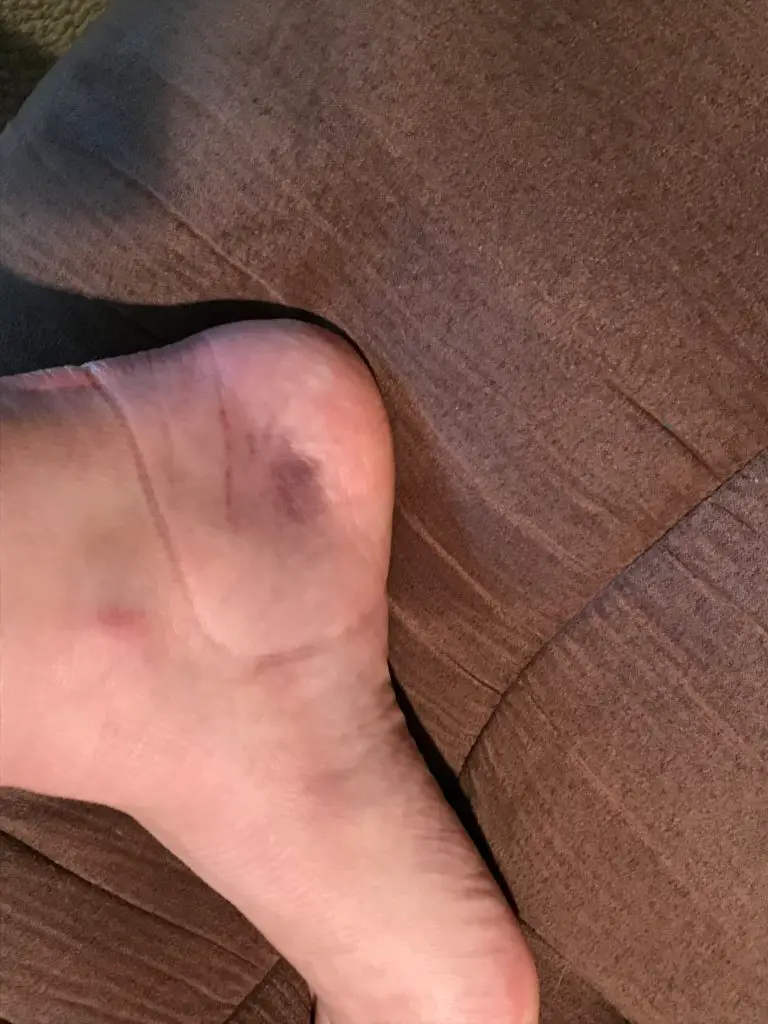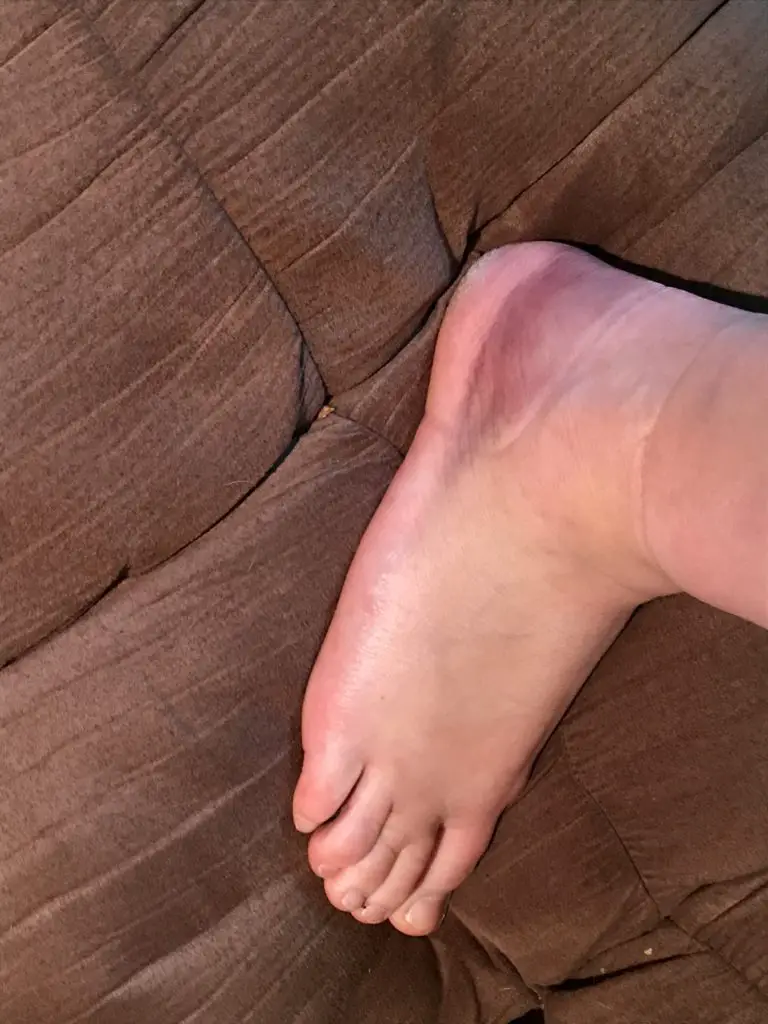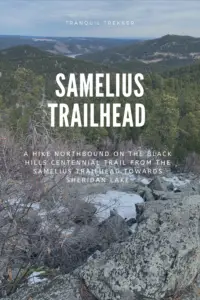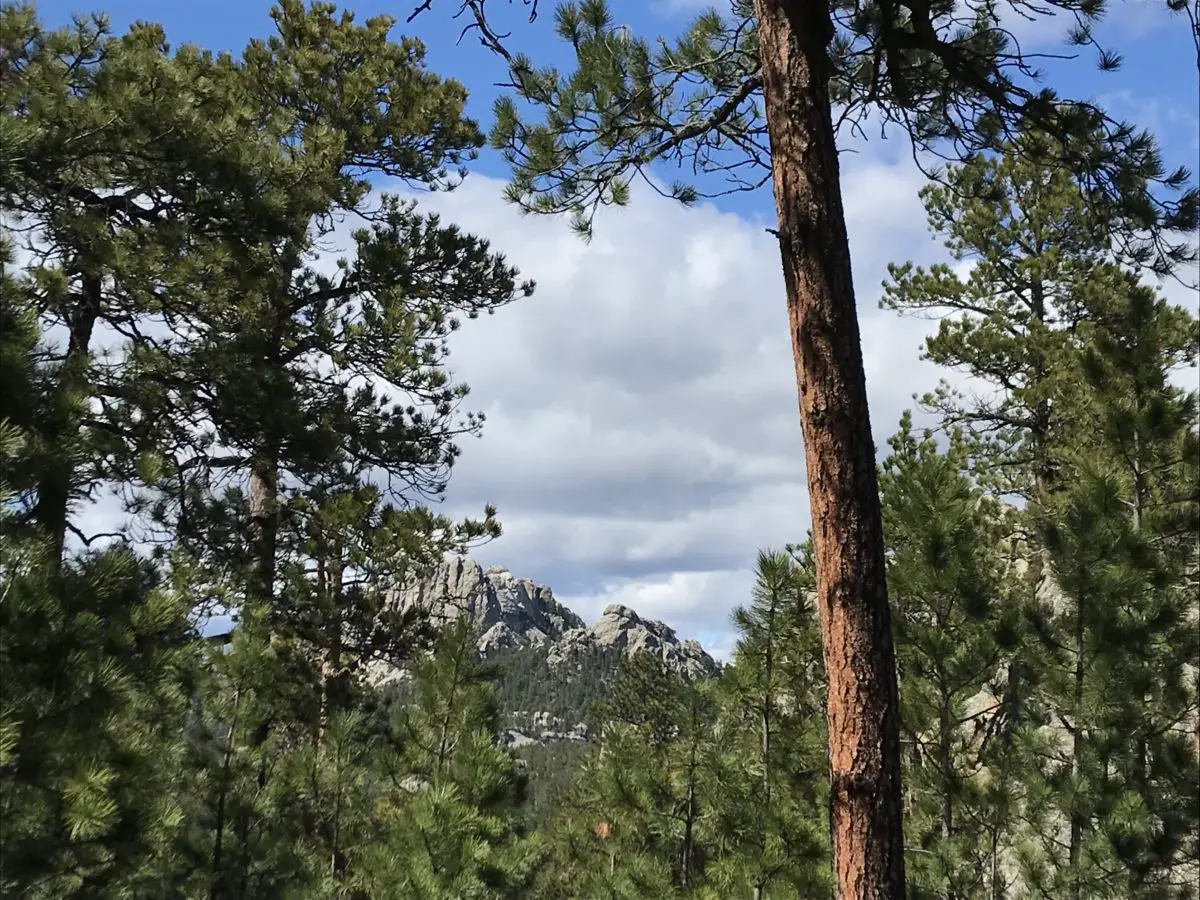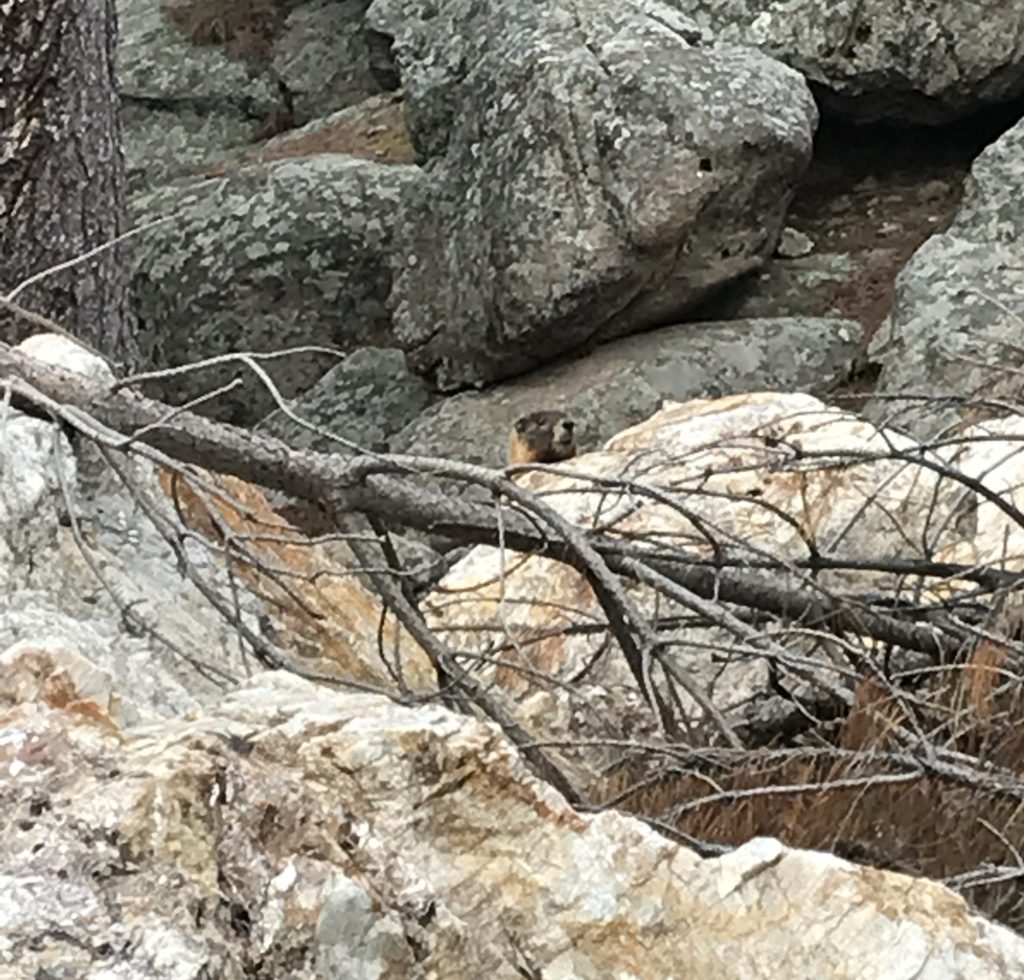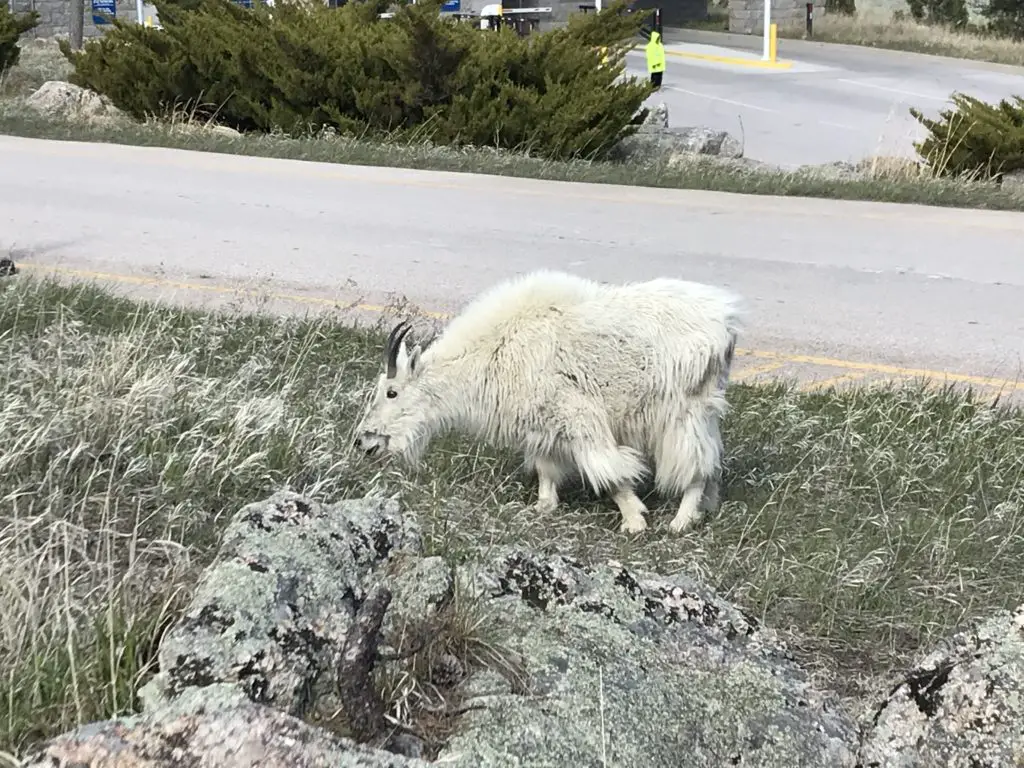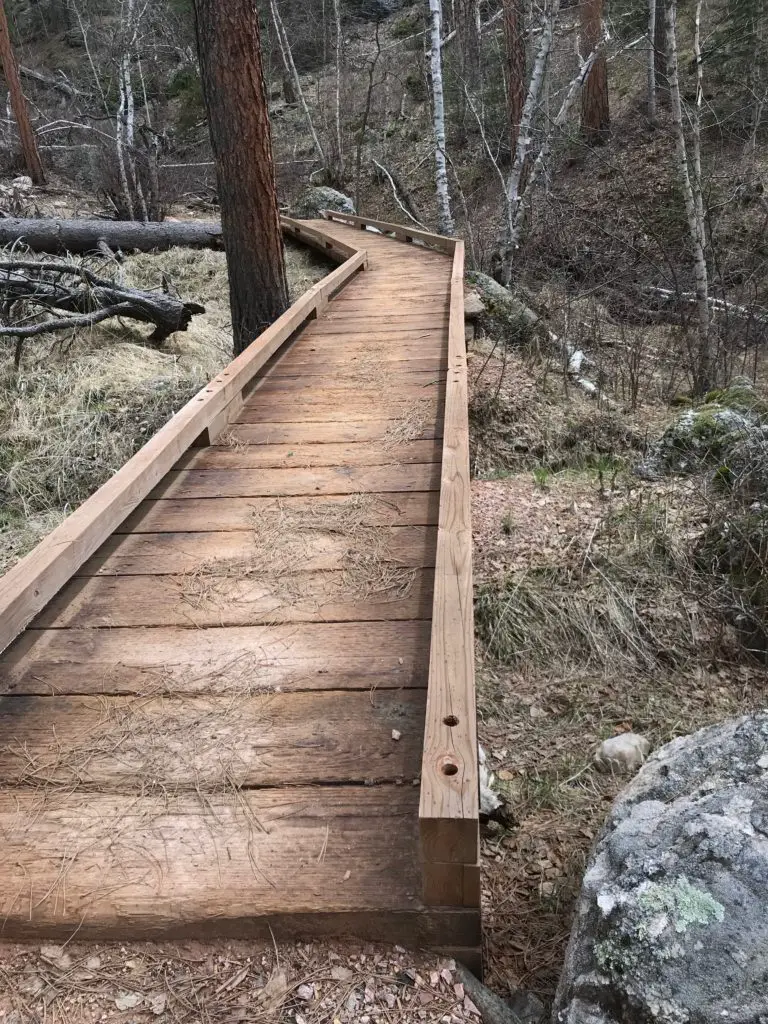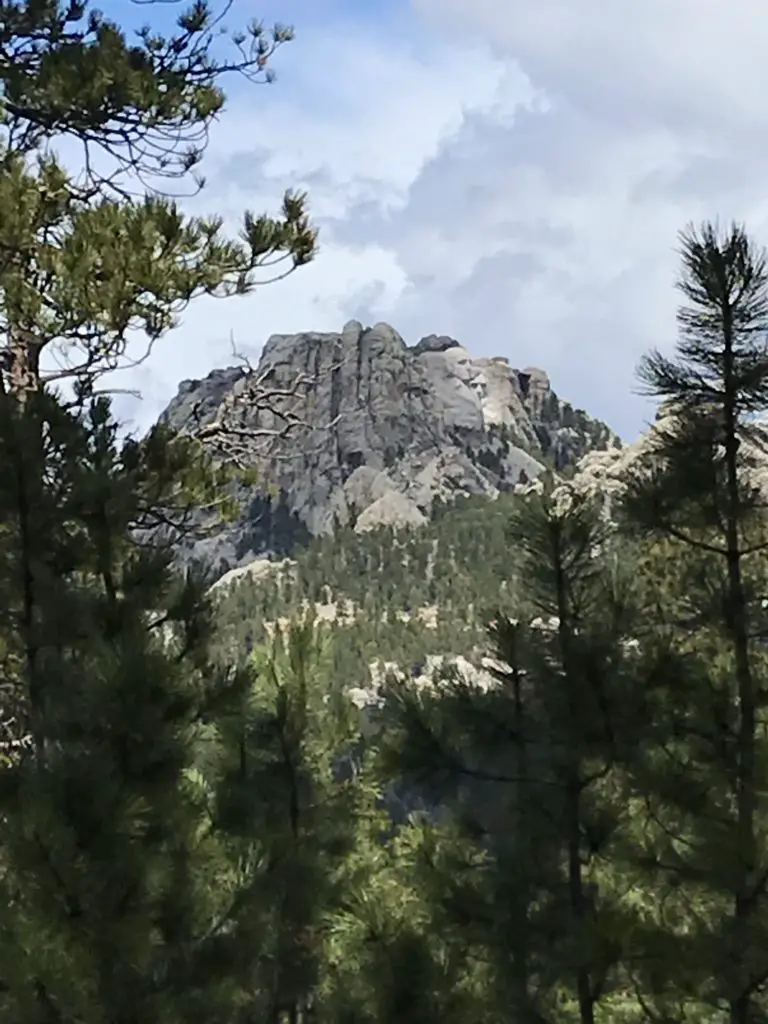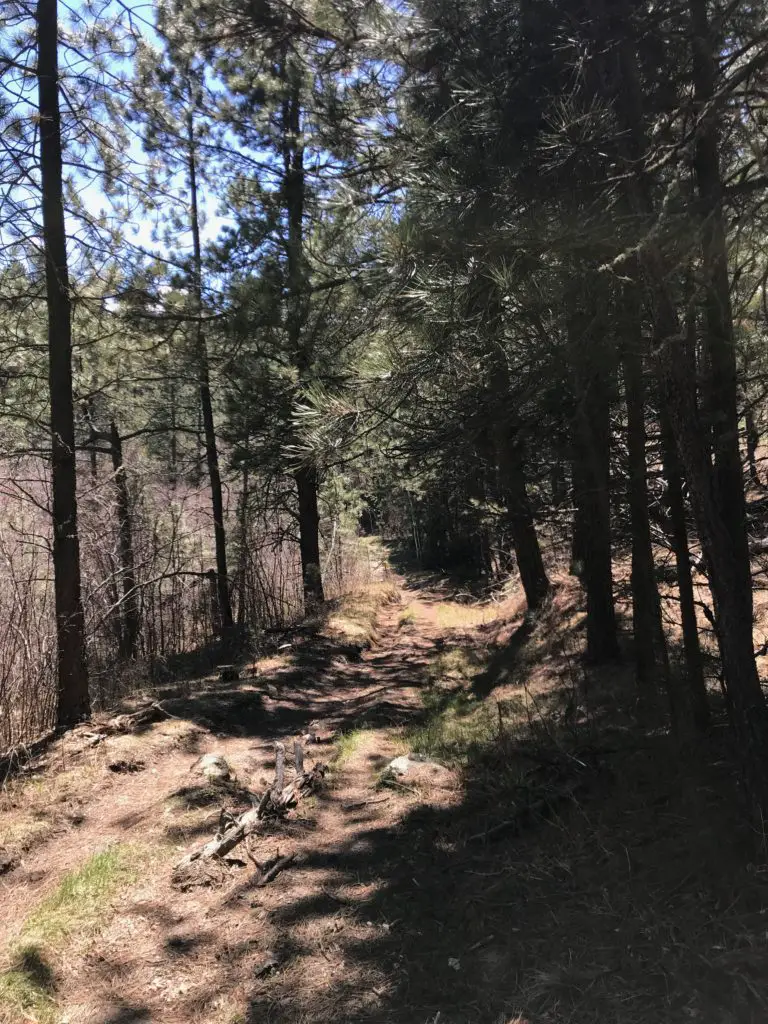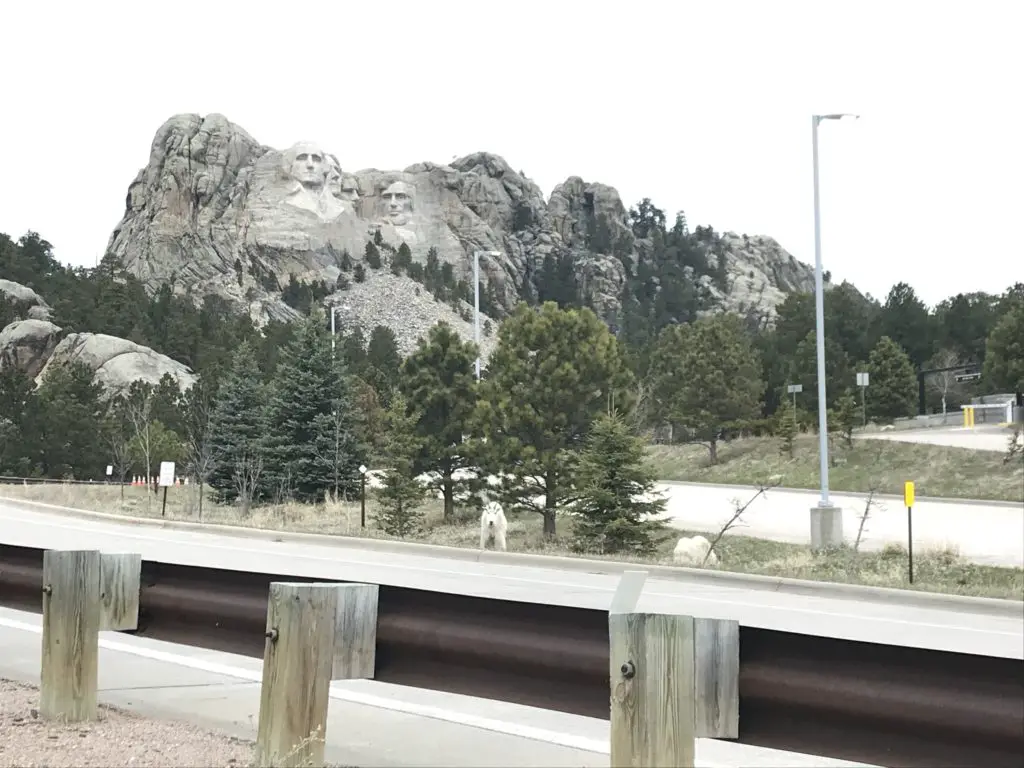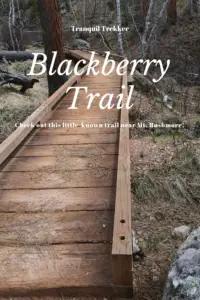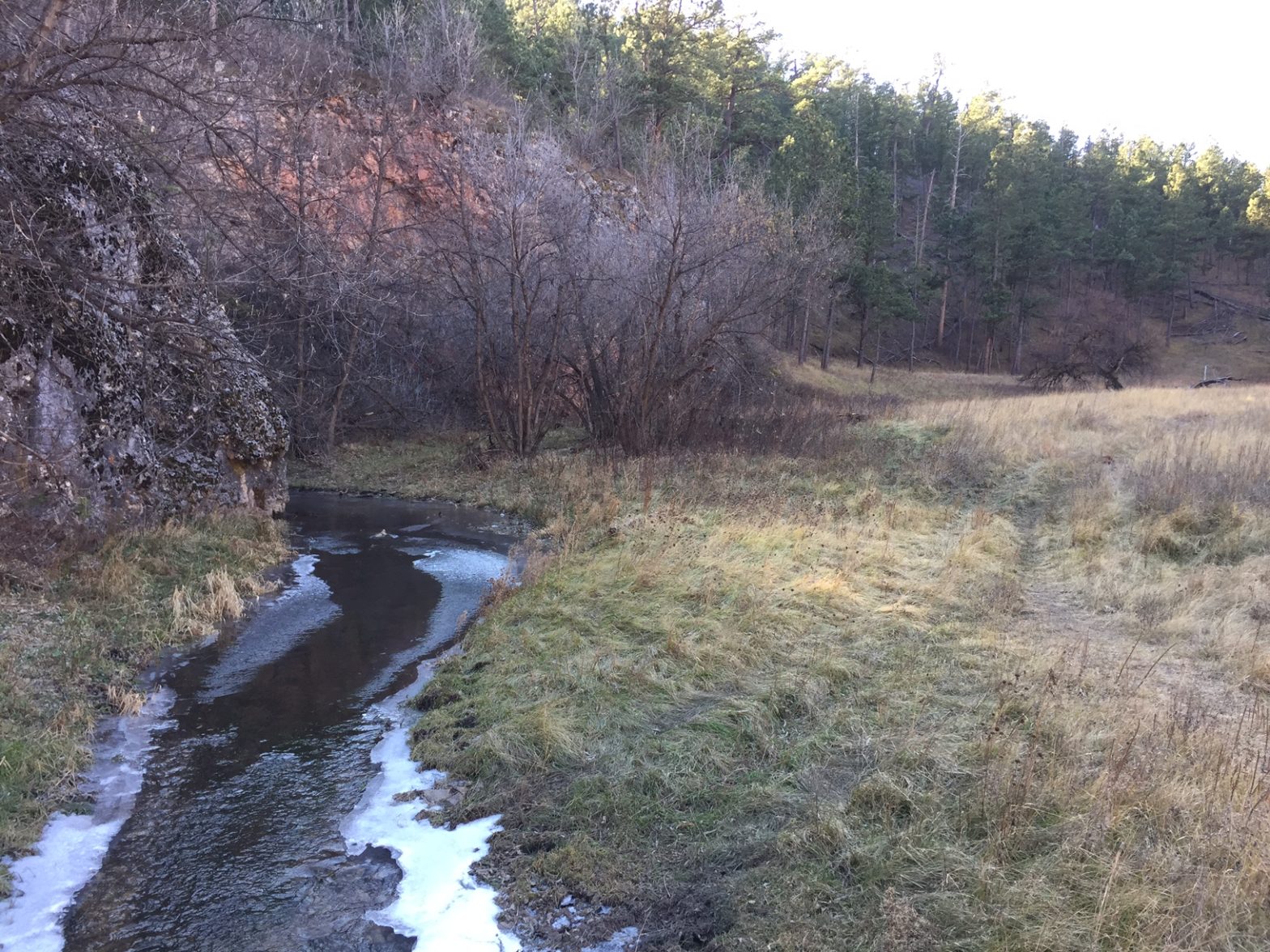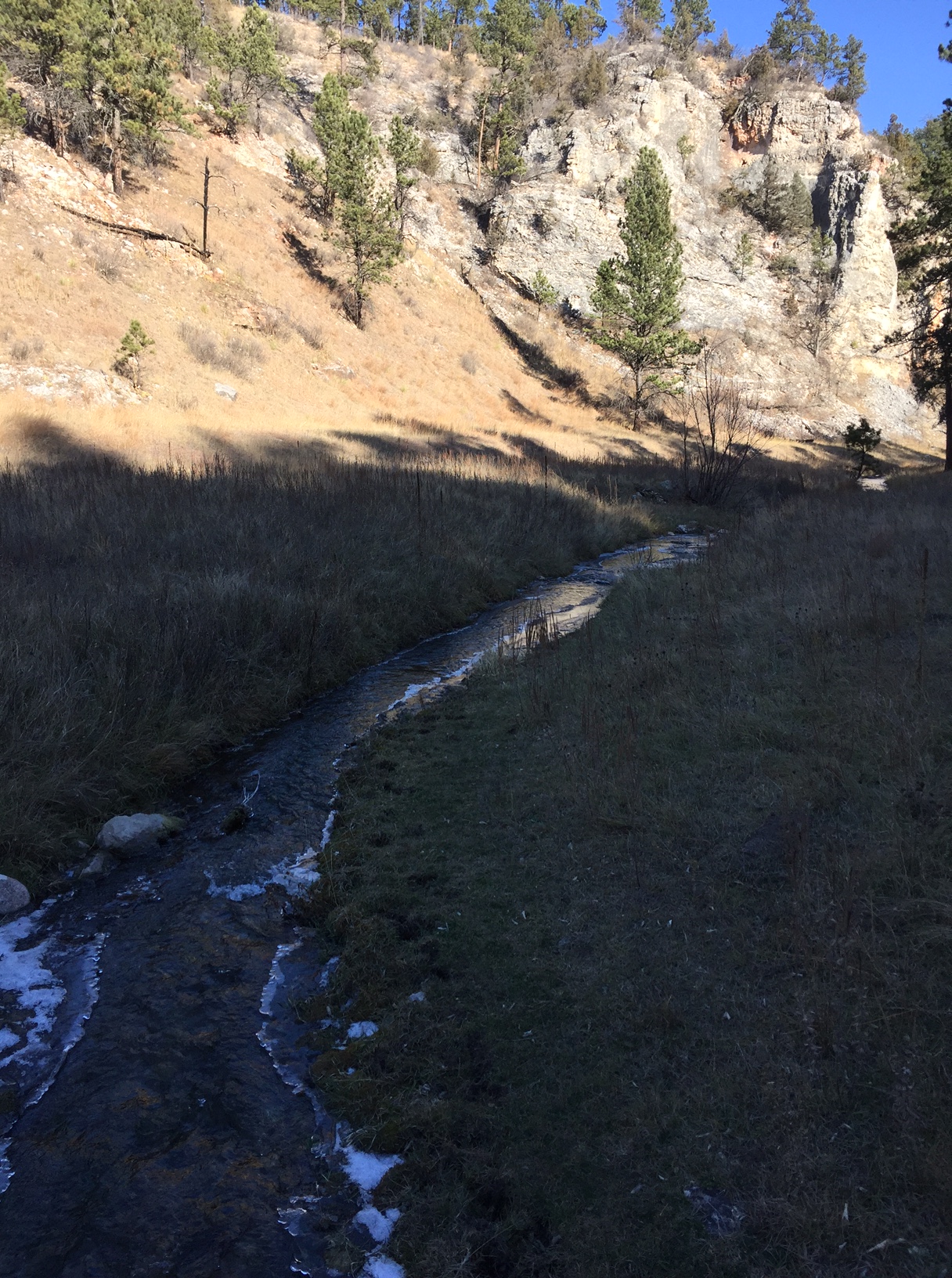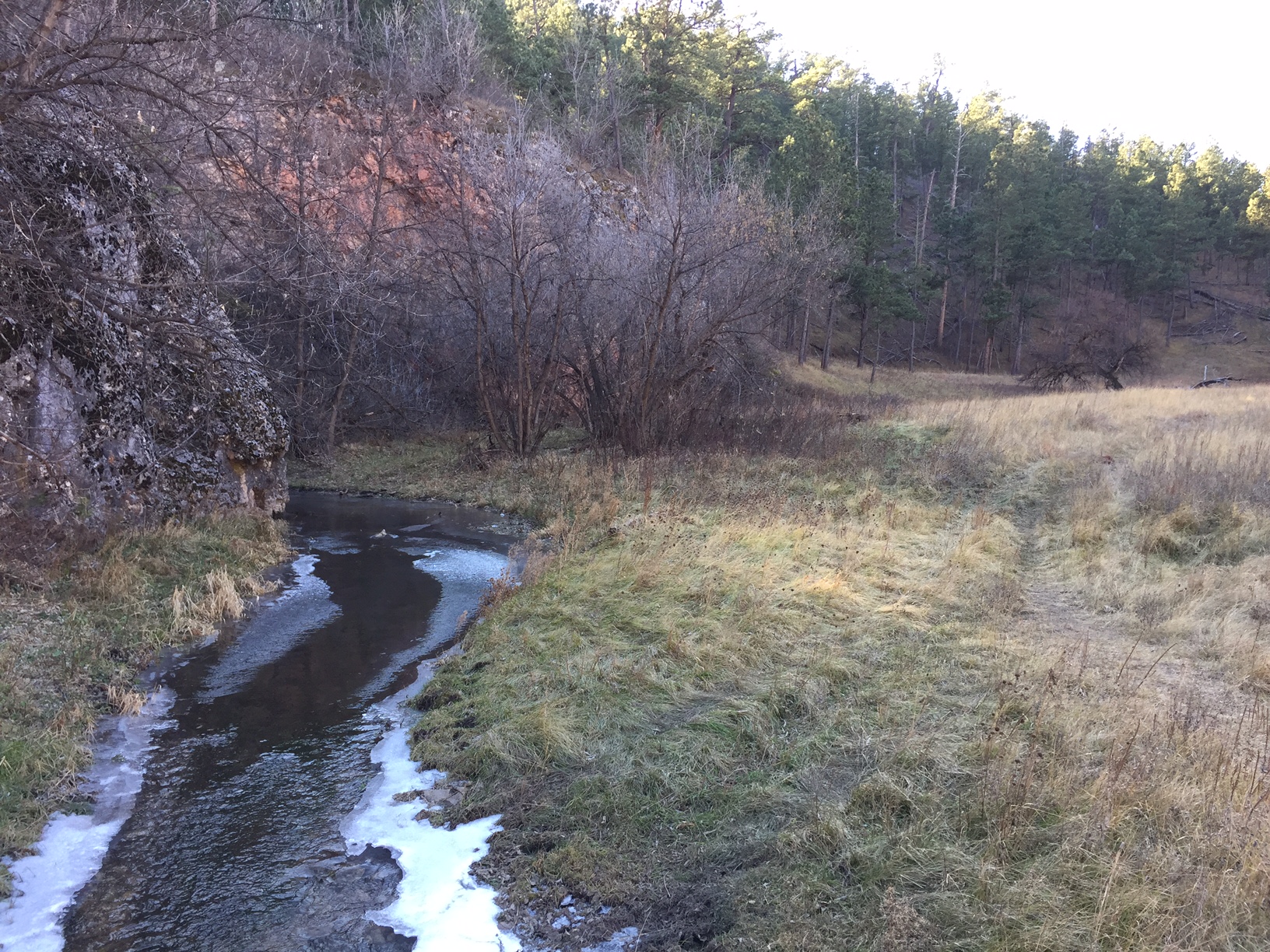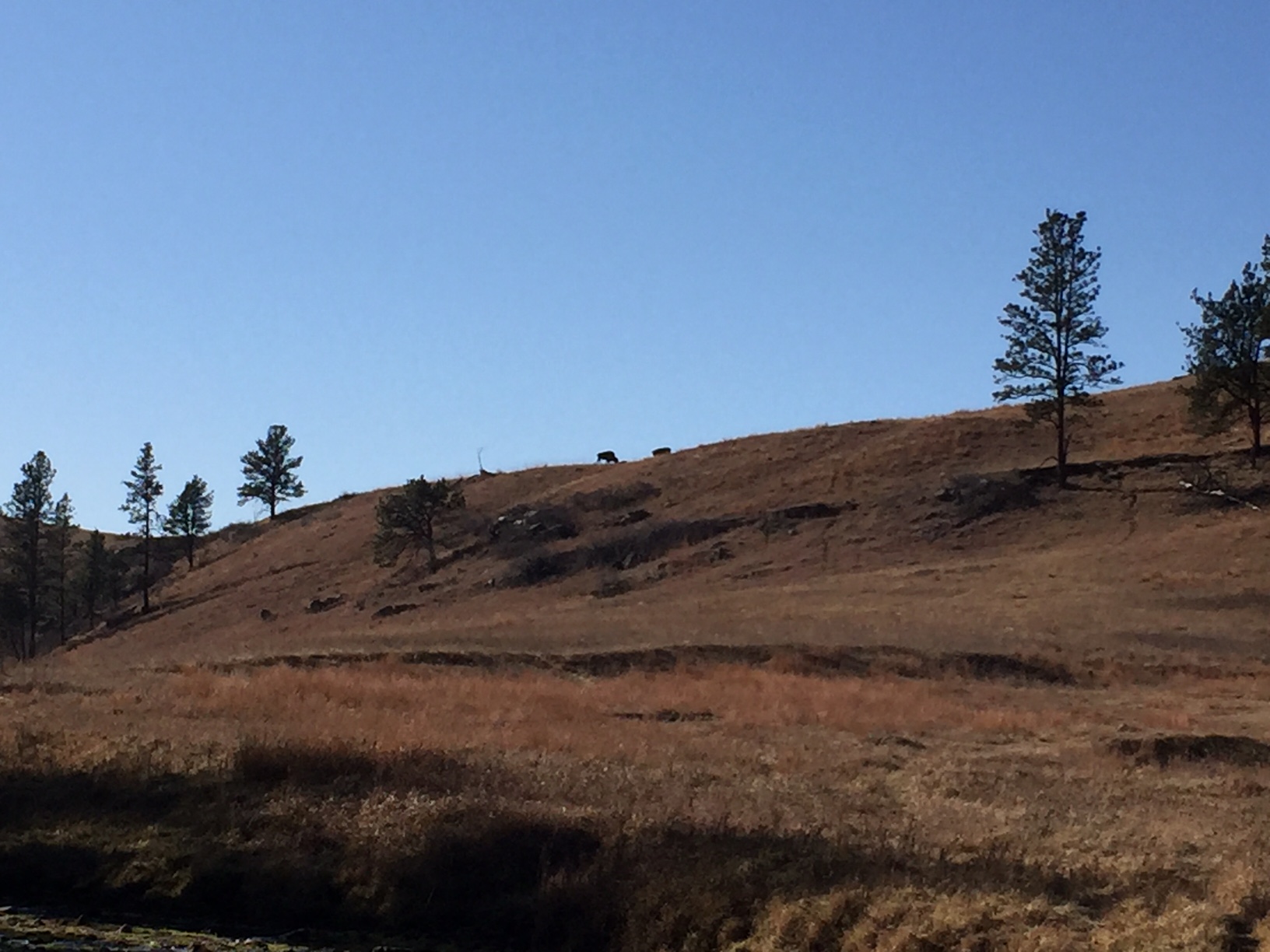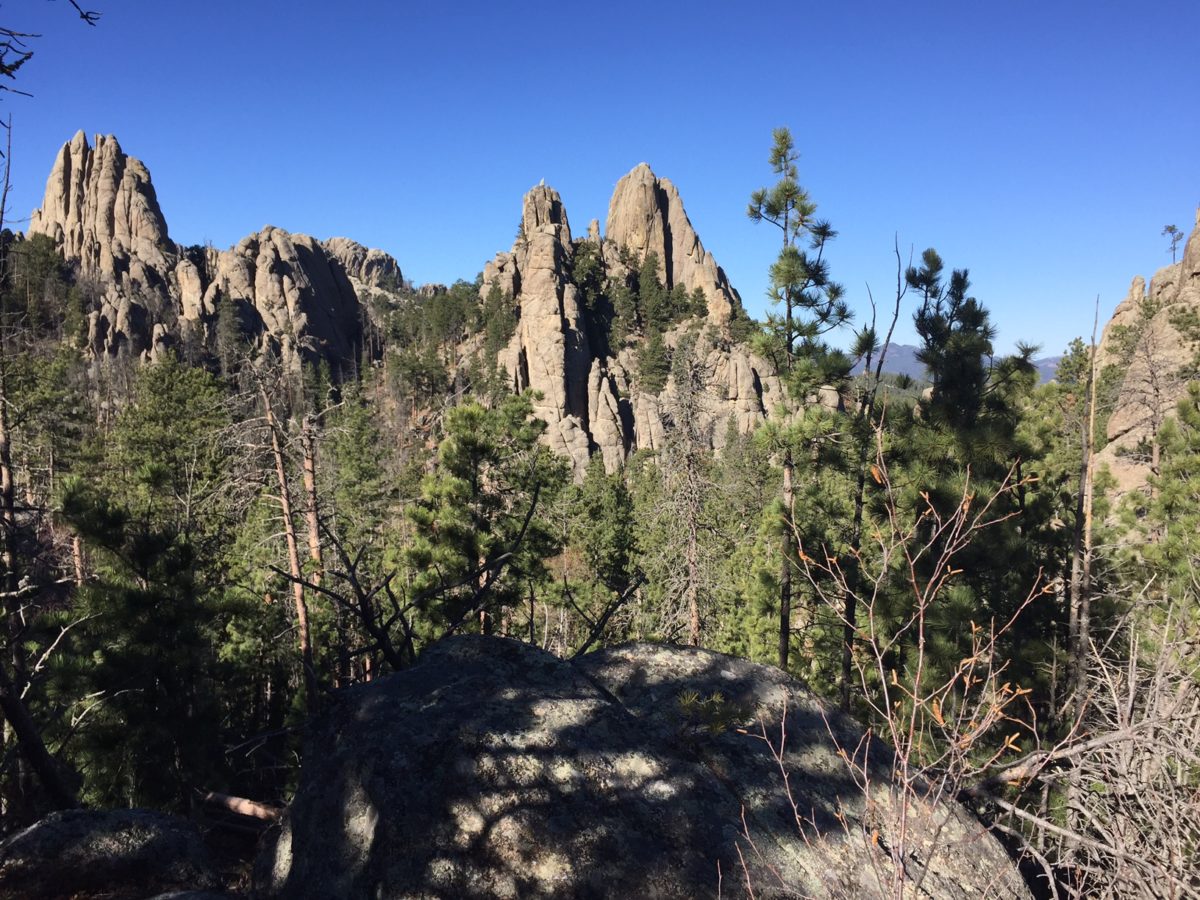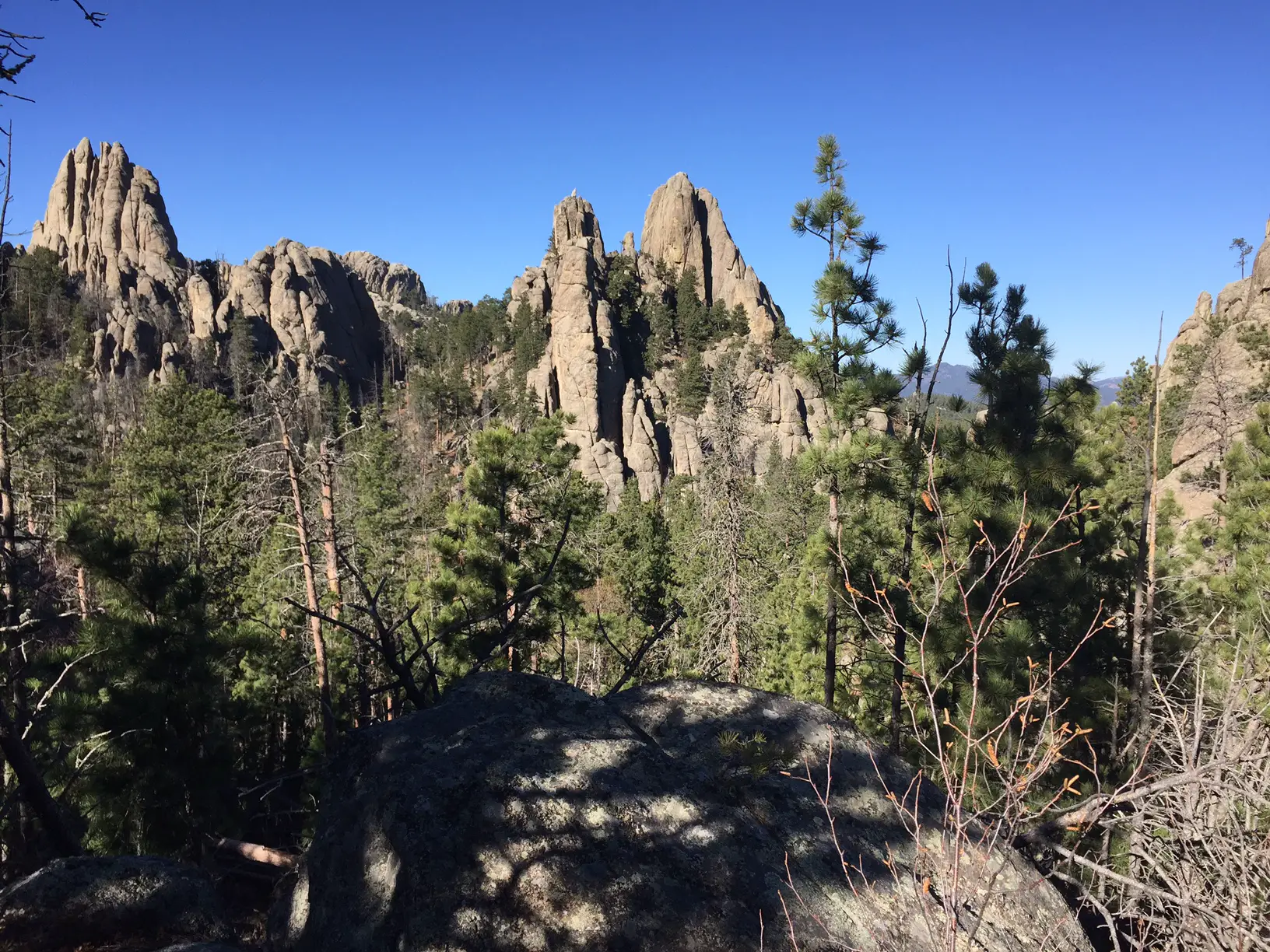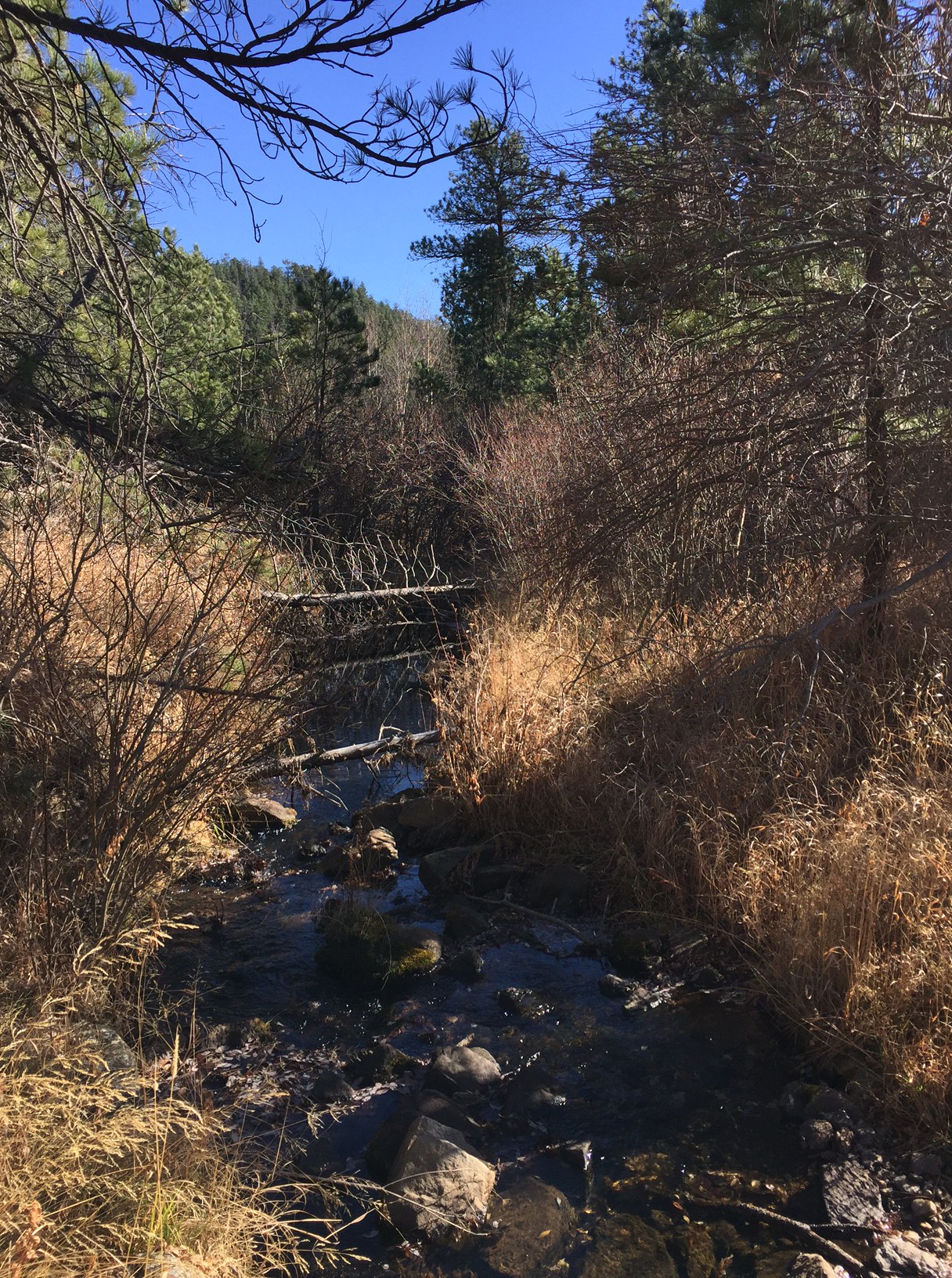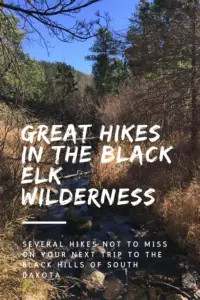Author’s Note: I struggled with whether or not to write this post. I wanted to blog about this location because it is a cool place and I love sharing the history and beauty of our Black Hills with others. However, it is a bit of a secret spot and I didn’t want to be “that guy” who gives away closely-held, local secrets. My personal policy is to not offer more directions to these types of sites than are already available on Google. Unfortunately, there isn’t much to be found regarding the Empire Mine…
My main goal with this policy is to protect the site from vandalism and/or destruction. We have unfortunately had these types of issues in some local places such as the Spokane ghost town and the iconic Poet’s Table, as of late. For this reason, my directions below are intentionally vague. If you want clearer instructions on how to reach the site, you may contact me via social media as indicated below, or by using my contact form, and I may be able to help you a little more. (I got some helpful directions from a friendly and helpful local so I am willing to pay their goodwill forward and do you the same favor. 😀)
There is a somewhat well-known, secret location many people enjoy hiking to in the central Black Hills. It is the site of the now-defunct Empire Gold Mine! You can reach the ruins of this mine via the Samelius trailhead, which is part of the Black Hills Centennial Trail.
That’s it. Those are my directions. 😇 I told you they would be vague! 😉 I don’t feel like these approximate instructions are giving anything away as this much is available on the AllTrails site. That page also offers a little more information as to the whereabouts of the mine, including a vague map. Also, I knew the mine could be reached from this trailhead for quite some time and that didn’t aid me in finding this secret locale (maybe I’m just not that bright? 😂)
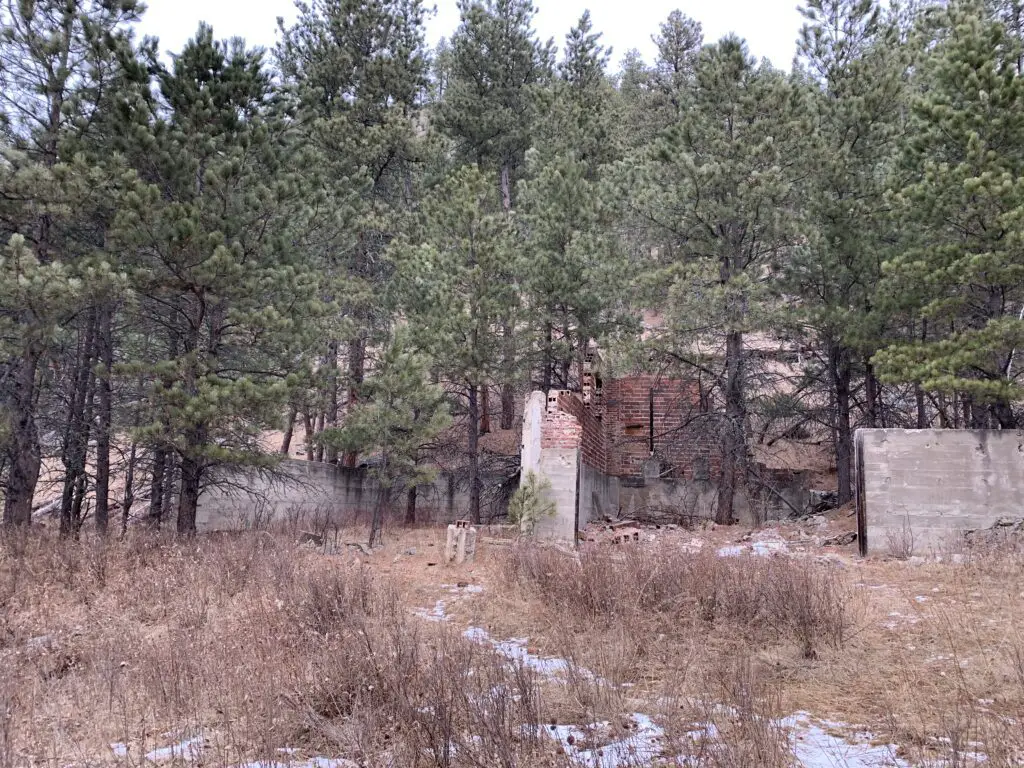
What is the trail to the Empire Mine like?
The trail to the Empire Mine is about 4.2 miles in total length, out-and-back. You should be aware, a goodly portion of the route going out is downhill…you know what that means for a goodly portion of the path coming back?! 😝 The trail is also fairly obvious the entire way. Much of it follows old forest roads and the portions that don’t are heavily used so they are well-trodden.
When is the best time of year to visit the Empire Mine?
The hike is a bit lengthy but it isn’t overly difficult. Some of the trail sections could become quite icy during the colder months, especially as this route sees a lot of traffic that can pack the snow into hard ice. If the weather has been particularly wet recently, or during the spring thaw when snow is melting, mud could also make this trail slippery.
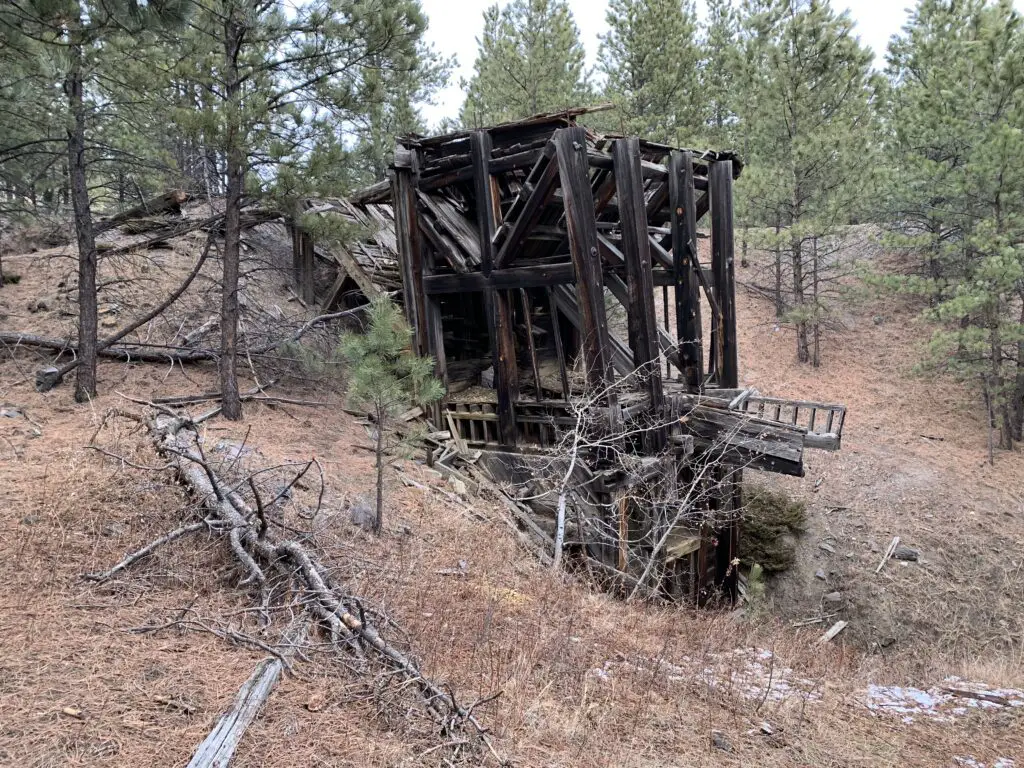
These factors could make the downhill portions of the route troublesome, so please use caution. The hike is especially lovely in fall when the trees change color! This is because along the way you walk near several aspen groves that turn a brilliant, golden hue (hey look, another clue as to the location of the mine! 😉)
What is there to see at the Empire Mine?
Some of the main ruins that remain of the mine are the brick loading area and a VERY large copper funnel. Those are found at the bottom of the hill. As you work your way up the hill you will encounter a number of buildings and mine equipment that still remain in the forest.
A WORD OF WARNING! The mine was built in the late 1930s so these buildings are OLD! They are made of wood that has weathered and has not been maintained in many years. PLEASE do NOT enter them. Also, watch your step throughout this area as portions of the ground (especially near some of the buildings) are degrading into sinkholes.
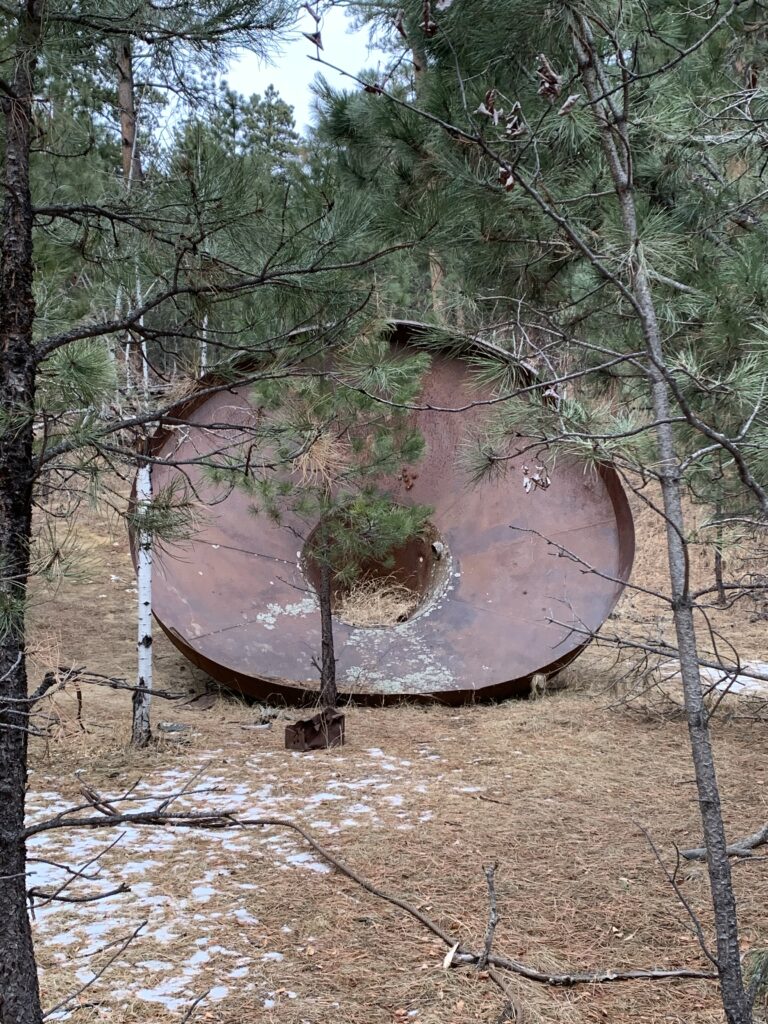
This is a pretty neat site to visit. It is also not that far from several nearby, Black Hills’ towns and it isn’t really that hard to reach IF you know where to look. If you’re interested in some of the mining history of the Black Hills I encourage you to look into this secret locale. Just please, treat it with the historical respect it deserves, and don’t ruin the site for those who come after you. *stepping off my soapbox now* 😇
Have you visited the site of the Empire Mine in the central Black Hills? Share your experience with me in the comments!
Did you enjoy this post? Pin it!
Like what you read here today? Please feel free to leave a comment, like or share this post! Add your email at the bottom of the page, or the sidebar to the right, to be notified when a new post is published. By signing up for the email list, you will also receive a free copy of the Tranquil Trekker’s Top 10 Tips of Trekking Do’s and Don’ts!
You can also follow the blog on social media by clicking the links below!
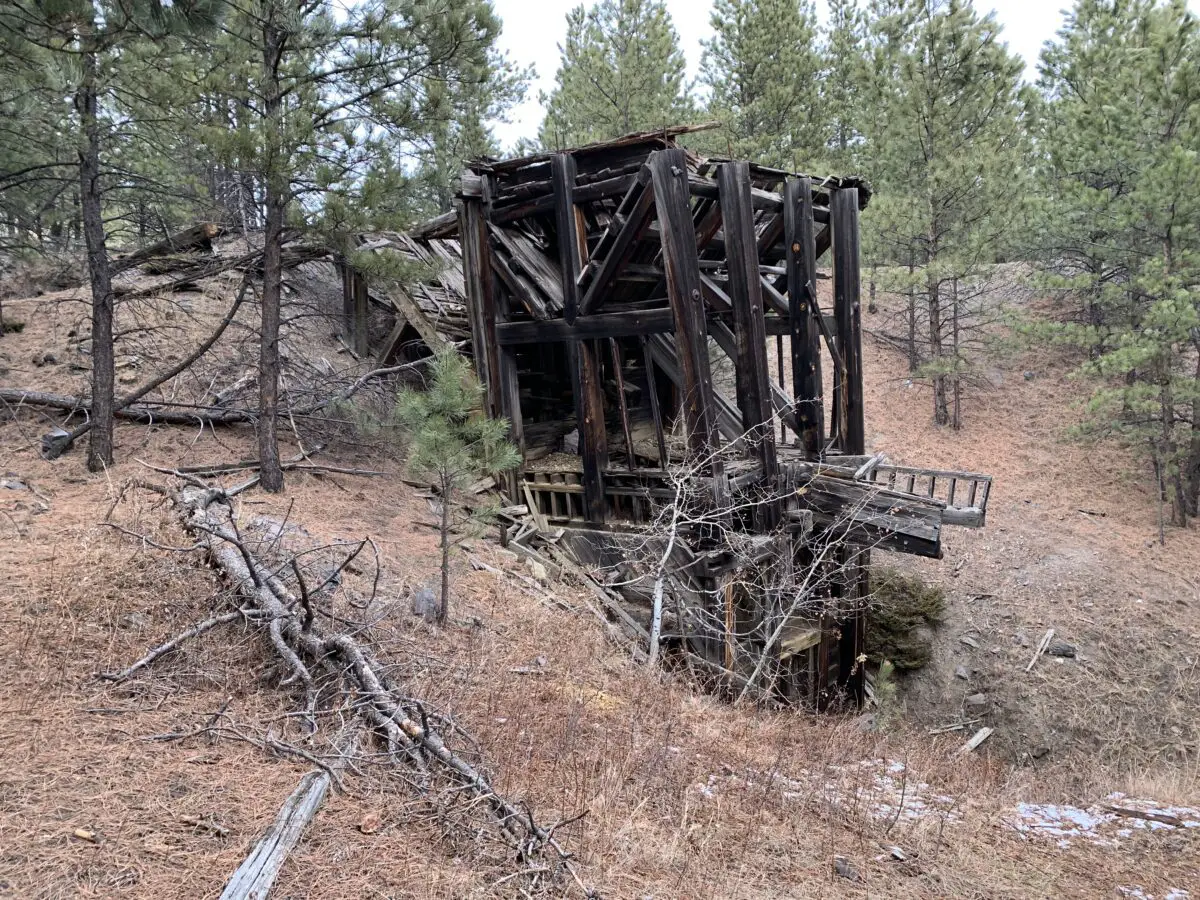
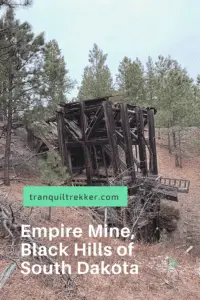
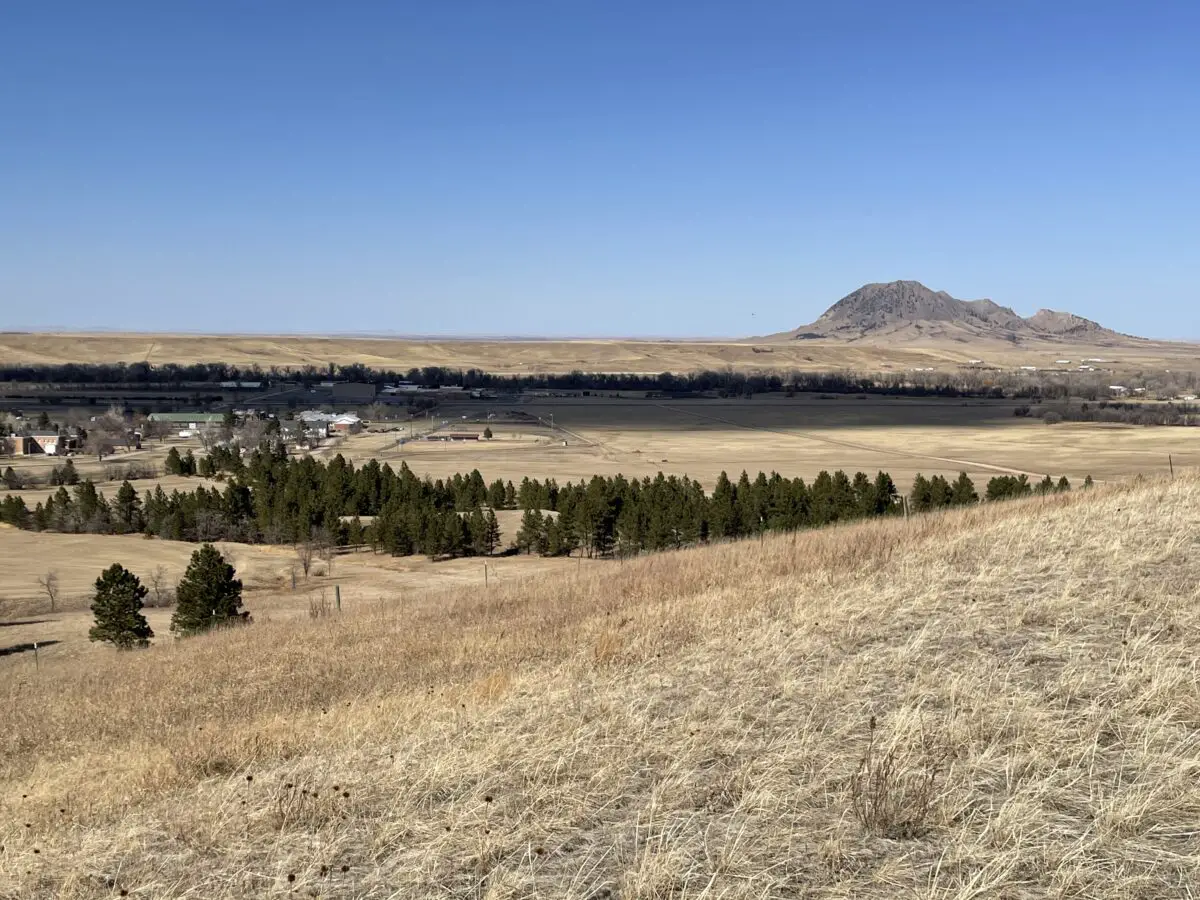
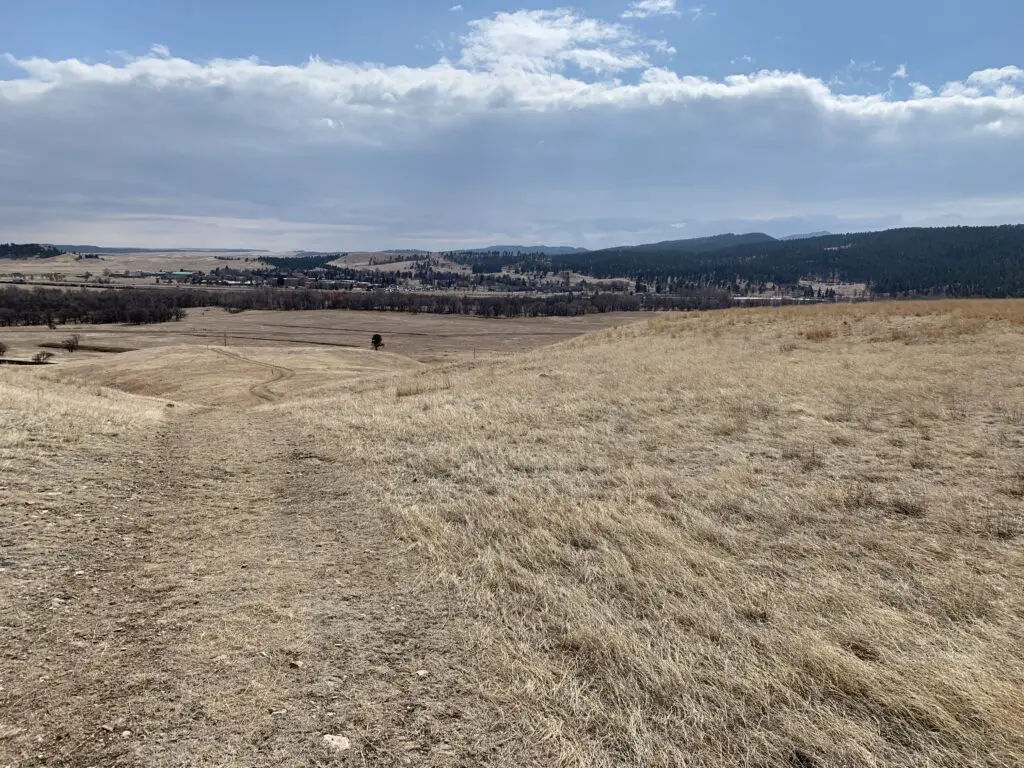
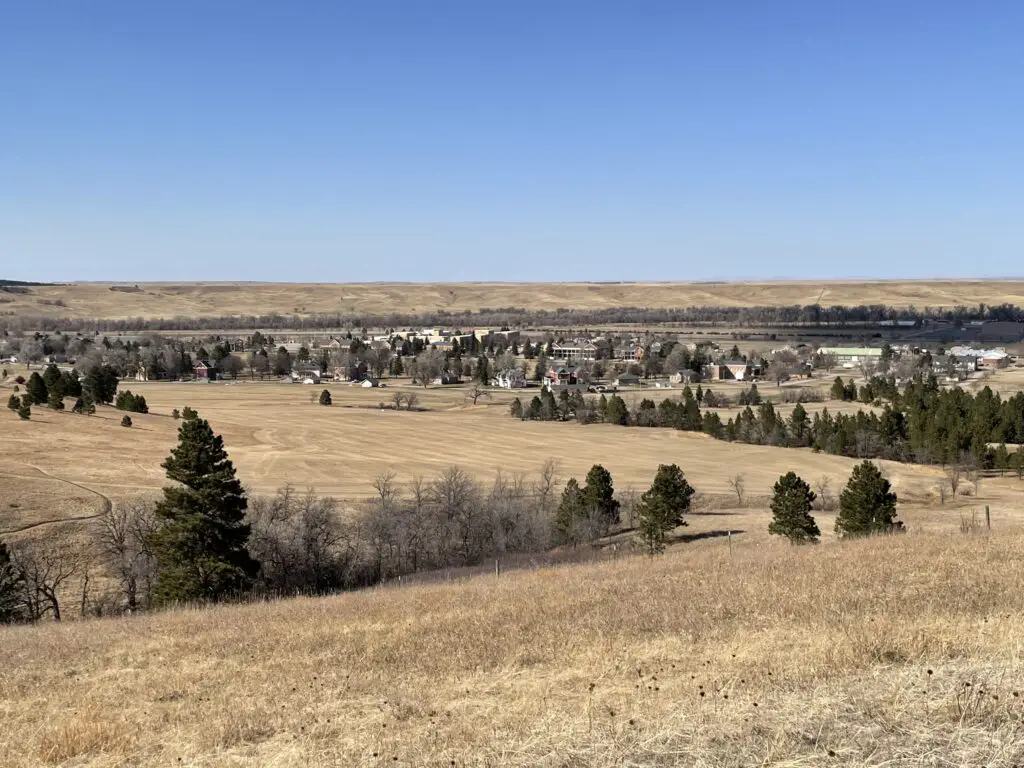
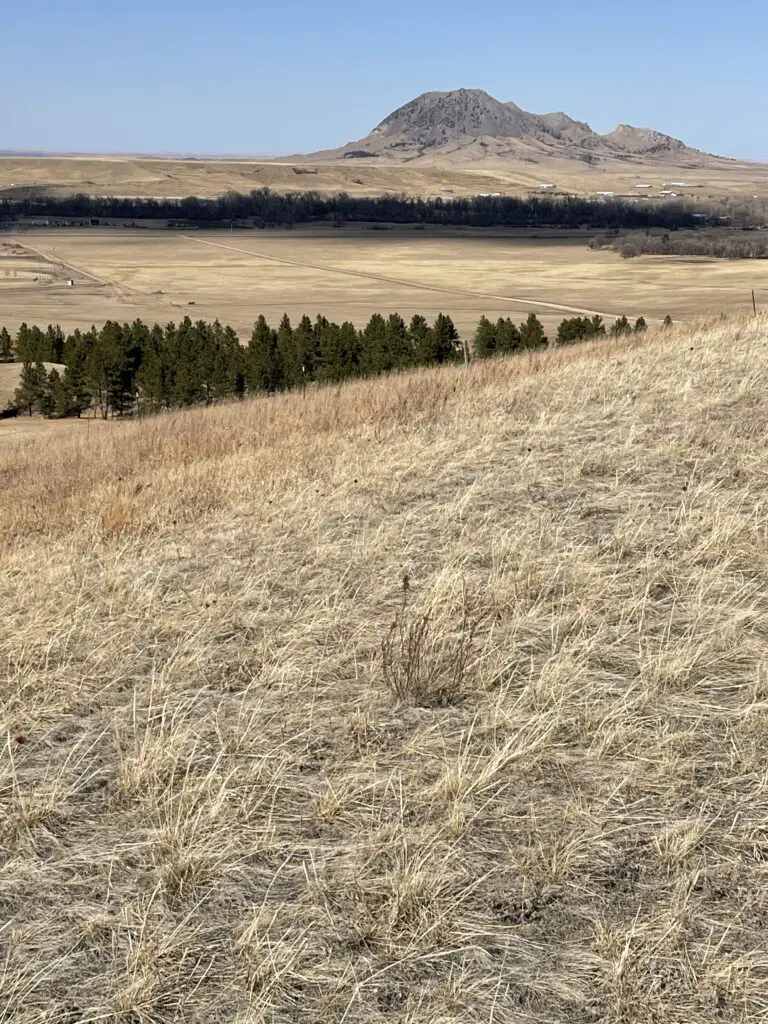
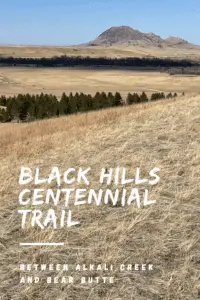
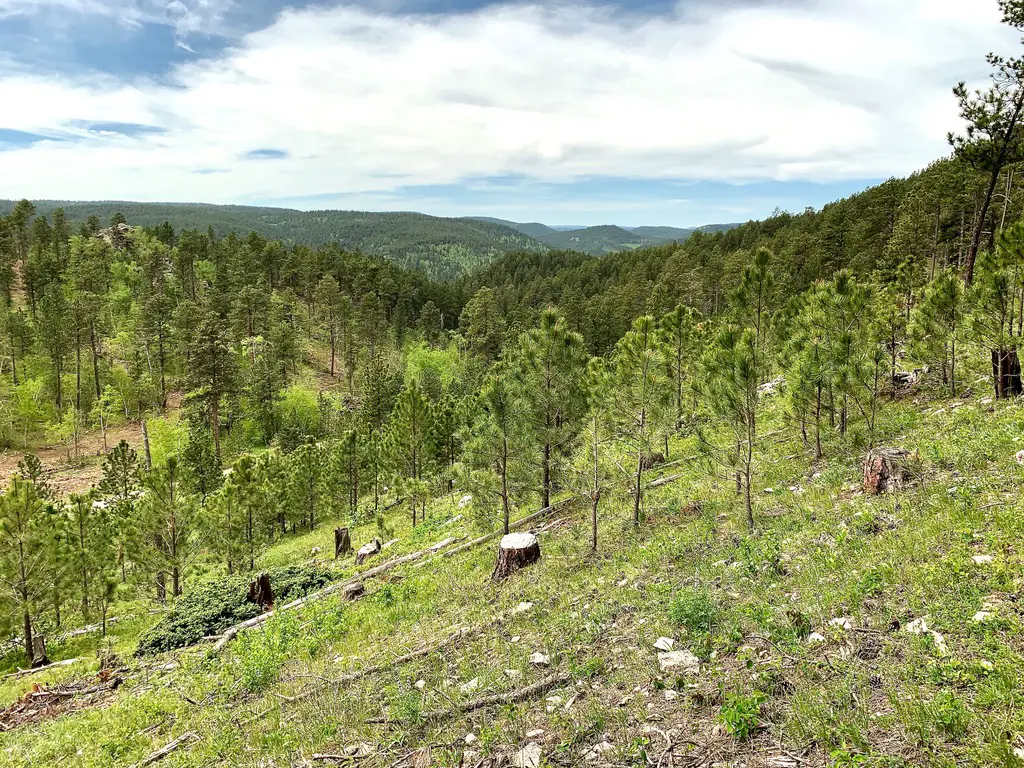
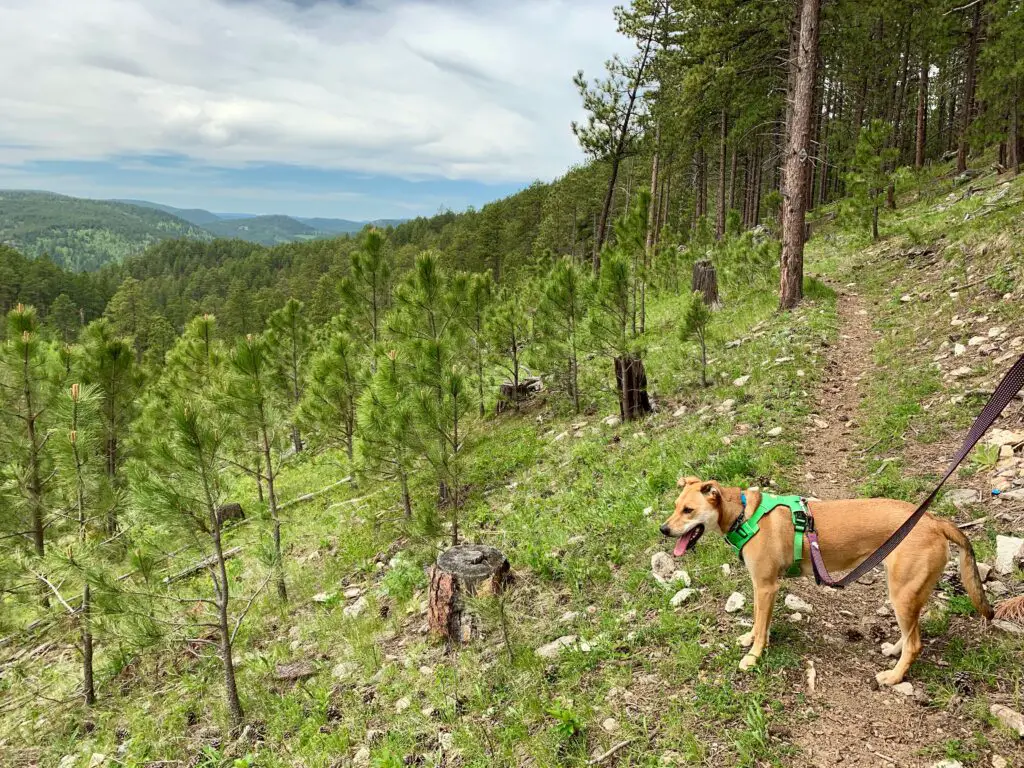
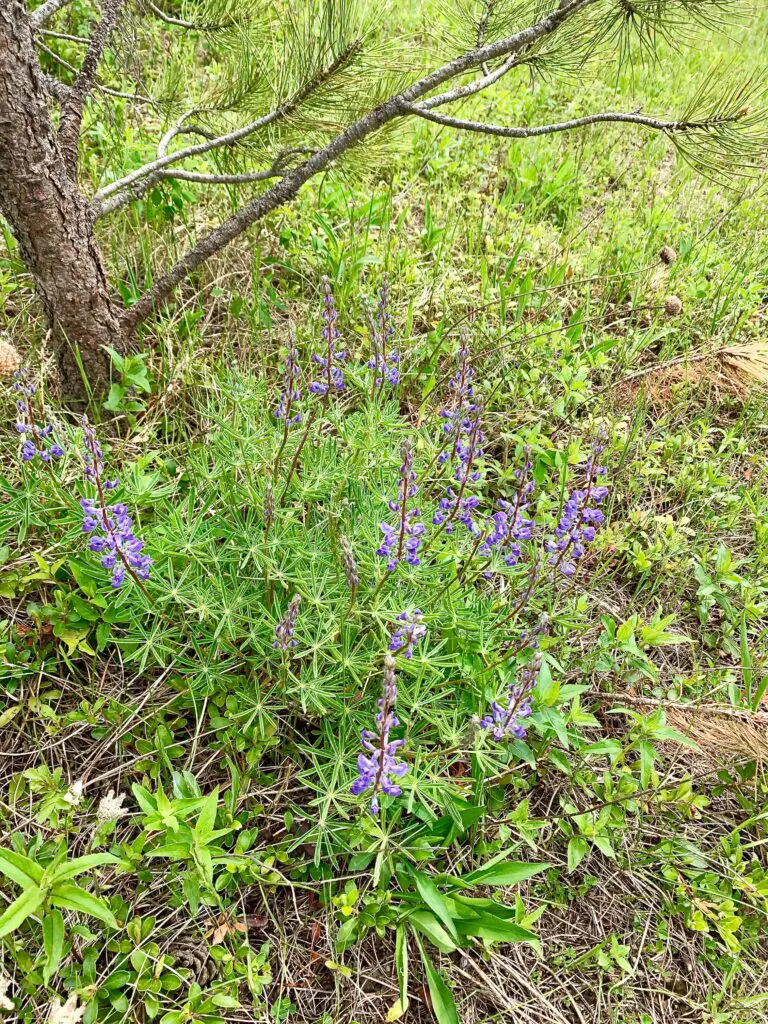
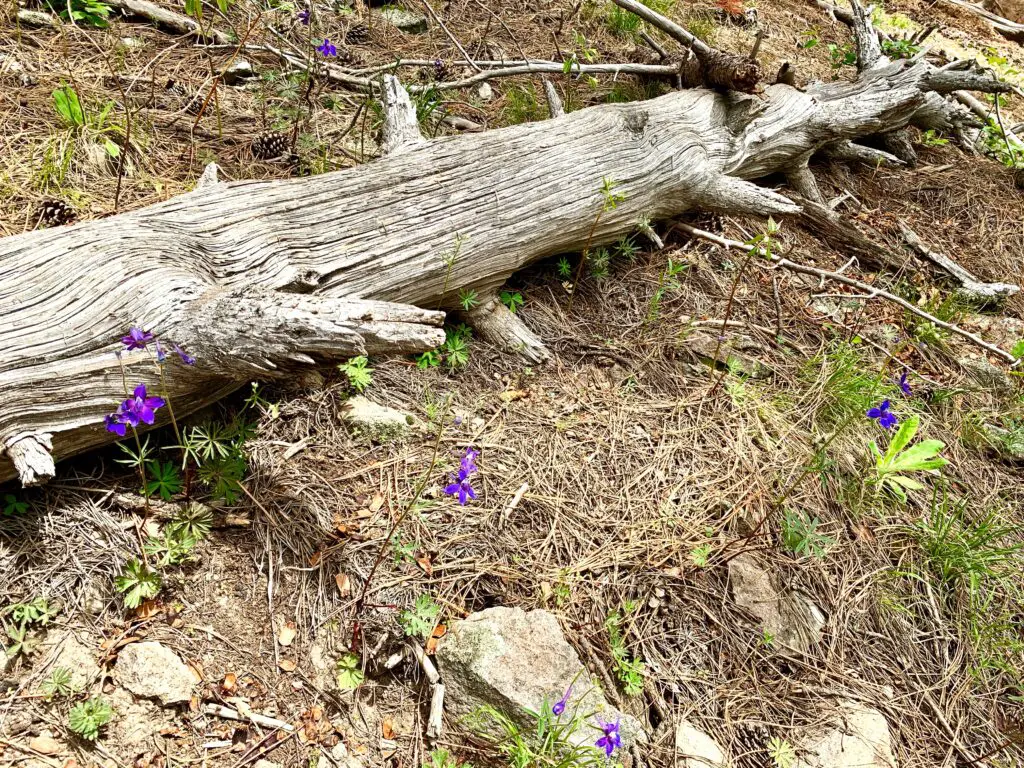
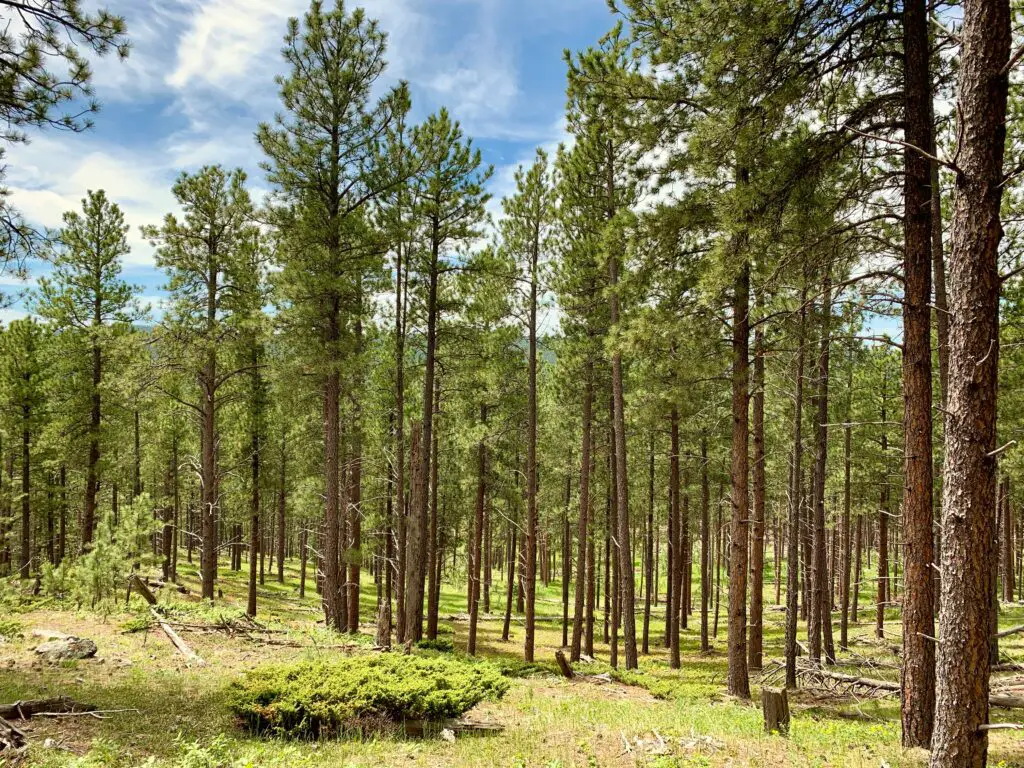
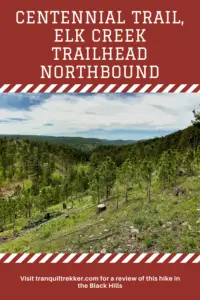
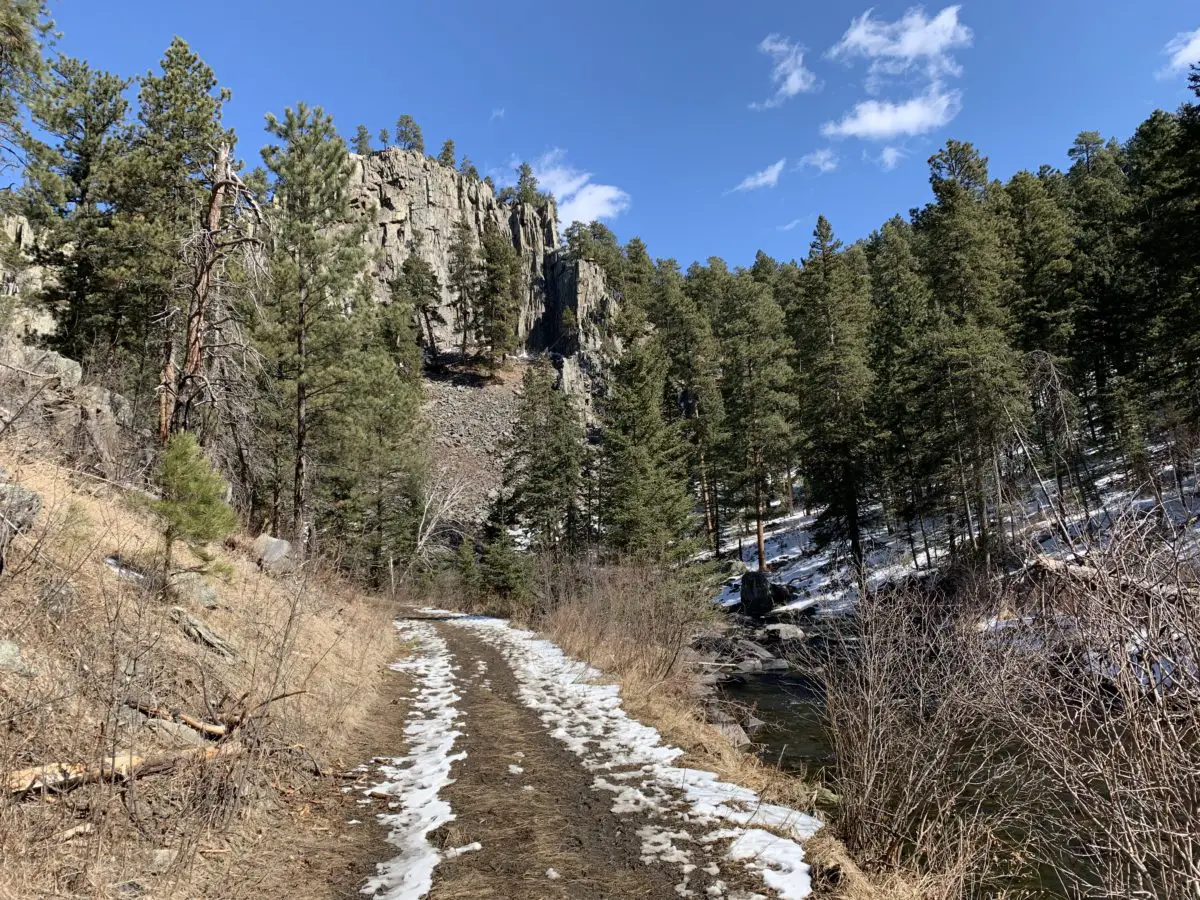
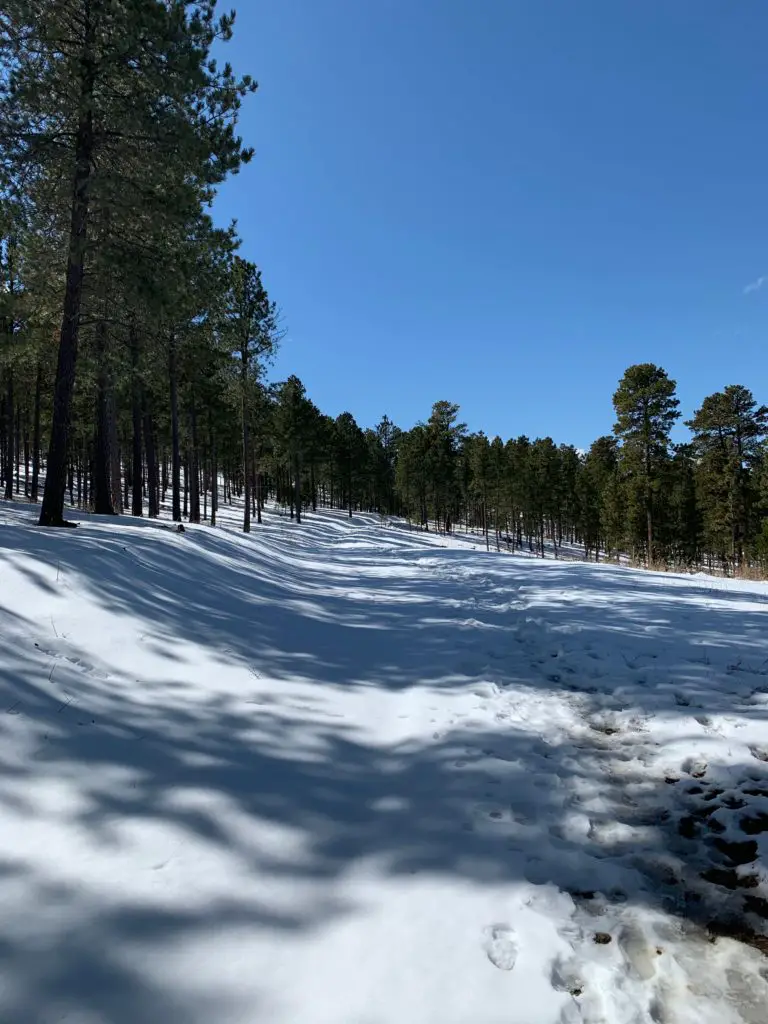
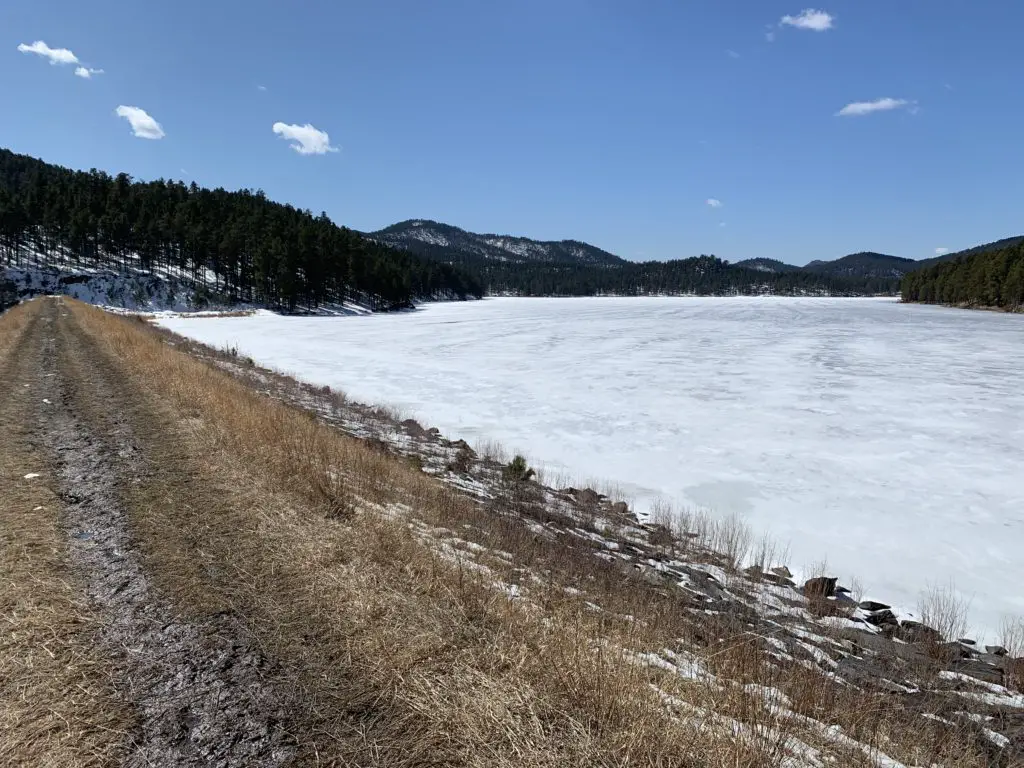
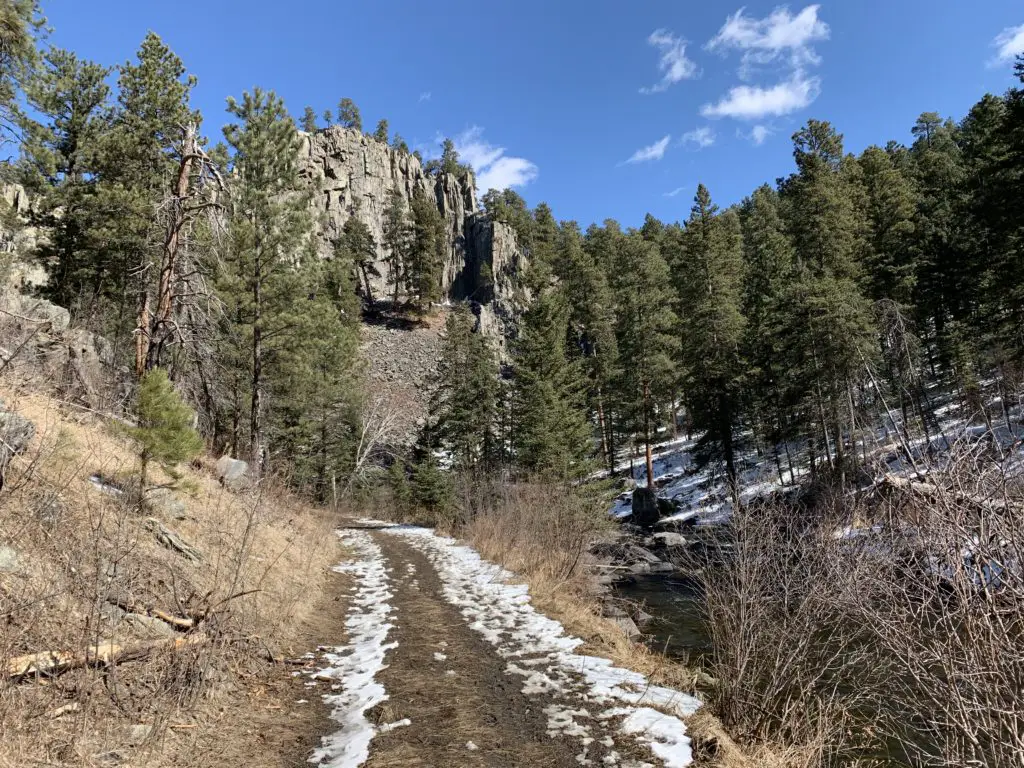
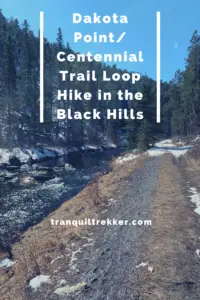
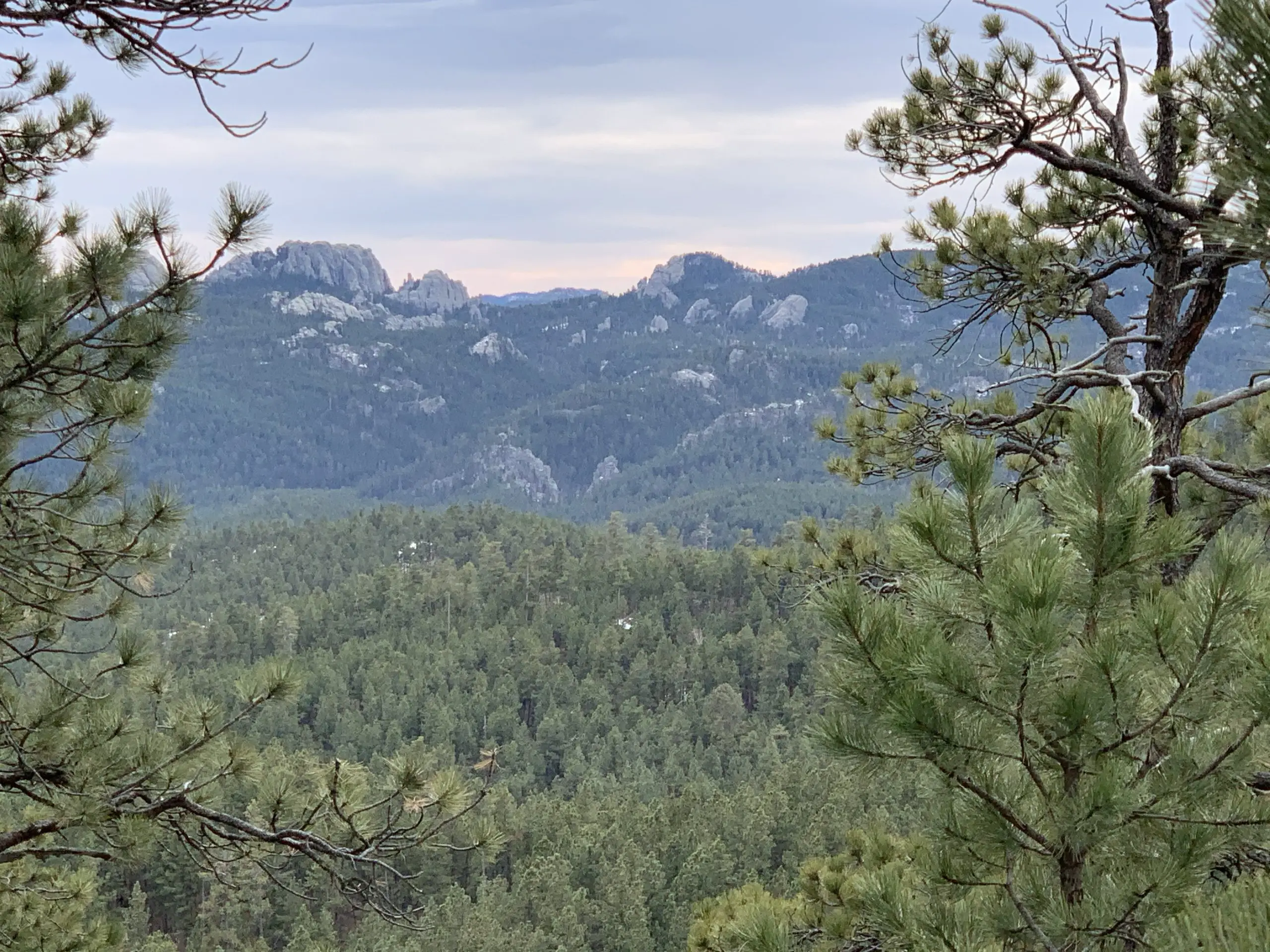
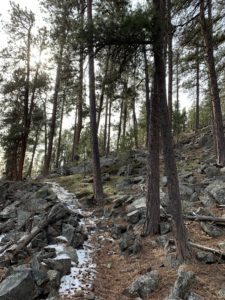
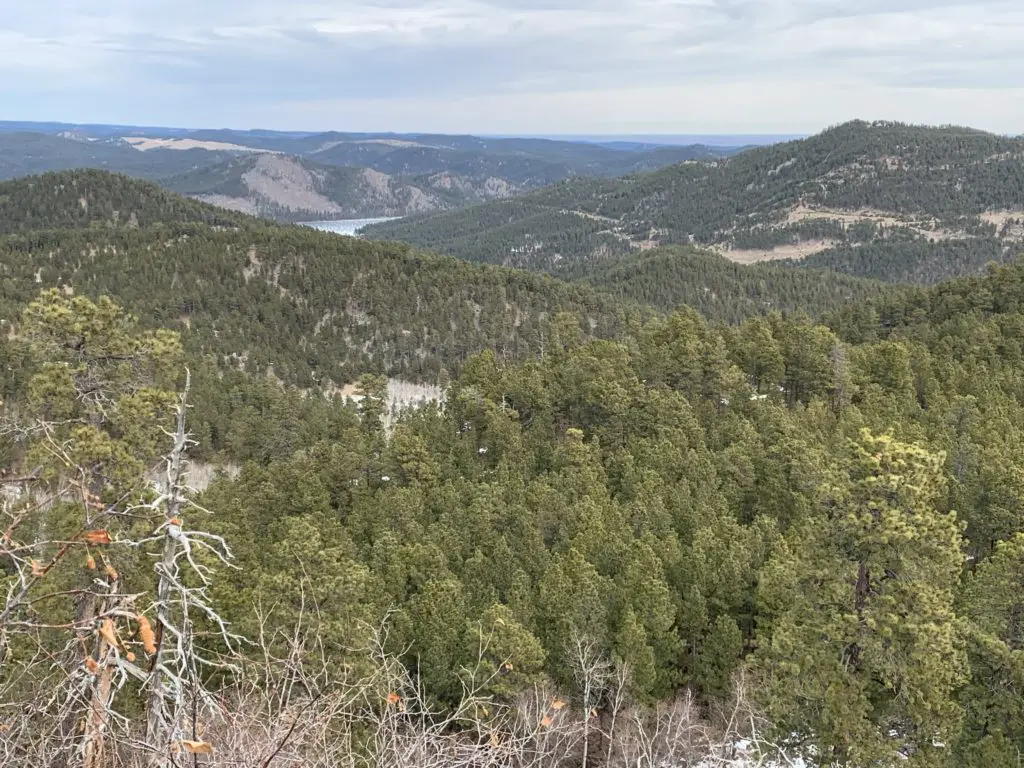
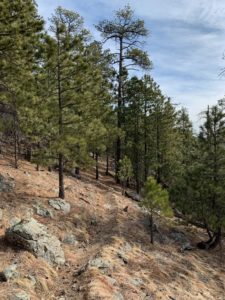 My ankle injury is another good example of why I stress that
My ankle injury is another good example of why I stress that 